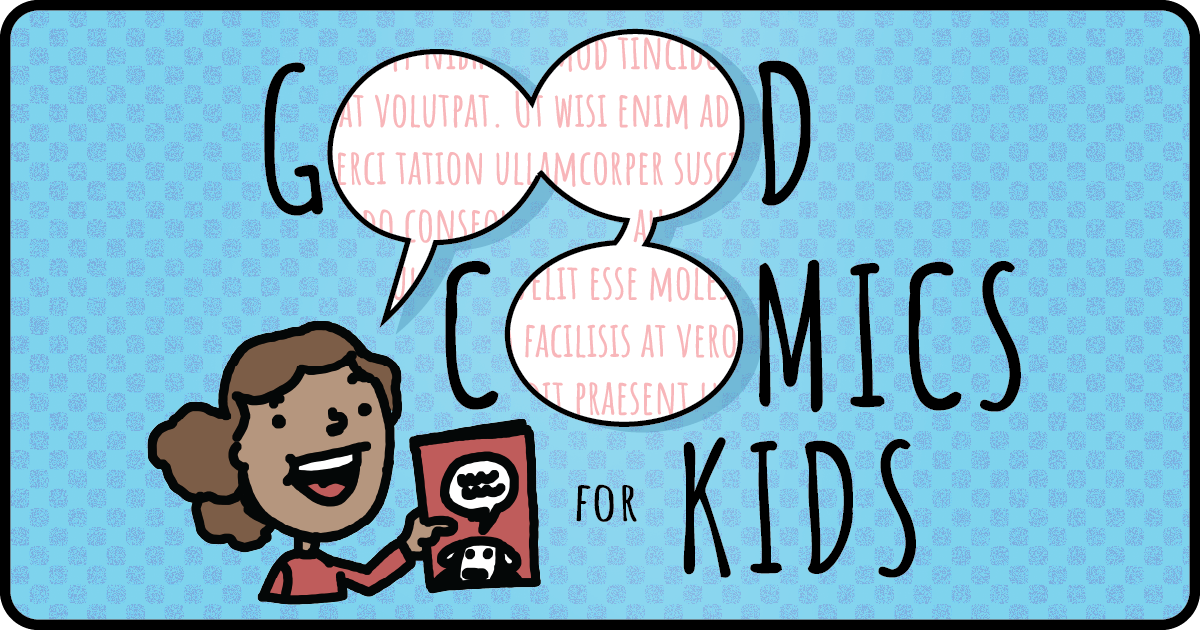
Five Questions for Ambassador Gene Luen Yang

Yang’s publisher, First Second Books, provided us with this interview with him; thanks to First Second’s Gina Gagliano for coming up with a great quintet of questions!
 What’s your mission as the Ambassador of Young Peoples’ Literature?
What’s your mission as the Ambassador of Young Peoples’ Literature?
I want kids to read without walls. As kids grow older, they often get categorized. Because a kid is good as these sorts of things, or looks like this, or checks off these boxes on demographics surveys, she ought to only like a certain kind of story. But kids are complex. The walls we put around them aren’t always helpful.
ADVERTISEMENT
ADVERTISEMENT
I want to encourage kids to read books that other people don’t expect them to like. Maybe there’s someone on the cover who looks really different from them. Maybe it’s in a format that they’ve never experienced before. Maybe it’s about a subject that is completely foreign to them. Whatever the case, I want them to go outside of their walls by reading.
Are you and Jon Scieszka and Kate DiCamillo and Katherine Patterson BFFs now?
Ha ha. Not yet. But that’s on the agenda.
I did have a great text conversation with Kate DiCamillo just a week or two ago. Let me tell you, those are some big, big shoes to fill. Kate’s metaphorical shoes are as big as a house. (I’m pretty sure her actual shoes are much smaller than a house.)
Is there a book you read as a kid that changed your life?
I’ve read a number of books that have changed my life. I’ll give you just one example.
Black Boy by Richard Wright was the first assigned reading that I finished early. We read for in my tenth grade English class, and I could not put it down. I stayed up late into the night glued to its pages.
On demographics surveys, Wright and I would check off completely different boxes. We come from different cultures, lived in different eras, grew up under different circumstances. He experienced indignities so horrific that I have a hard time imagining them. He’s abrasive and opinionated and strong-willed. I’m kind of a wimp.
Yet, something at the core of Black Boy will resonate with any reader who’s ever felt like an outsider, and that’s why that book is a classic.
 What are some of your favorite books?
What are some of your favorite books?
I could give you a list as long as my arm. Here are a few:
The Book of Three by Lloyd Alexander
The Absolutely True Diary of A Part-Time Indian by Sherman Alexie with art by Ellen Forney
One Thousand Demons by Lynda Barry
Ramona the Pest by Beverly Cleary
Zita the Space Girl by Ben Hatke
Meanwhile by Jason Shiga
Bone by Jeff Smith
The Greatest Robot on Earth by Osamu Tezuka
Feathers by Jacqueline Woodson
Robot Dreams by Sara Varon
What’s your favorite literary device?
Non Sequitur. Pineapples!
Just kidding. I don’t know if this counts as a literary device, but I love the page turn. The page turn usually isn’t all that important in prose, but it’s a big deal in graphic novels. A graphic novelist can use the page turn to establish a rhythm for her story. The page turn can hide a surprise, or fulfill a promise, or jump time, or move through space. In graphic novels, the page turn is magic.
Filed under: Interviews
About Brigid Alverson
Brigid Alverson, the editor of the Good Comics for Kids blog, has been reading comics since she was 4. She has an MFA in printmaking and has worked as a book editor, a newspaper reporter, and assistant to the mayor of a small city. In addition to editing GC4K, she is a regular columnist for SLJ, a contributing editor at ICv2, an editor at Smash Pages, and a writer for Publishers Weekly. Brigid is married to a physicist and has two daughters. She was a judge for the 2012 Eisner Awards.
ADVERTISEMENT
ADVERTISEMENT
SLJ Blog Network
2024 Books from Pura Belpré Winners
In Memorium: The Great Étienne Delessert Passes Away
Parsing Religion in Public Schools
Finding My Own Team Canteen, a cover reveal and guest post by Amalie Jahn
ADVERTISEMENT







